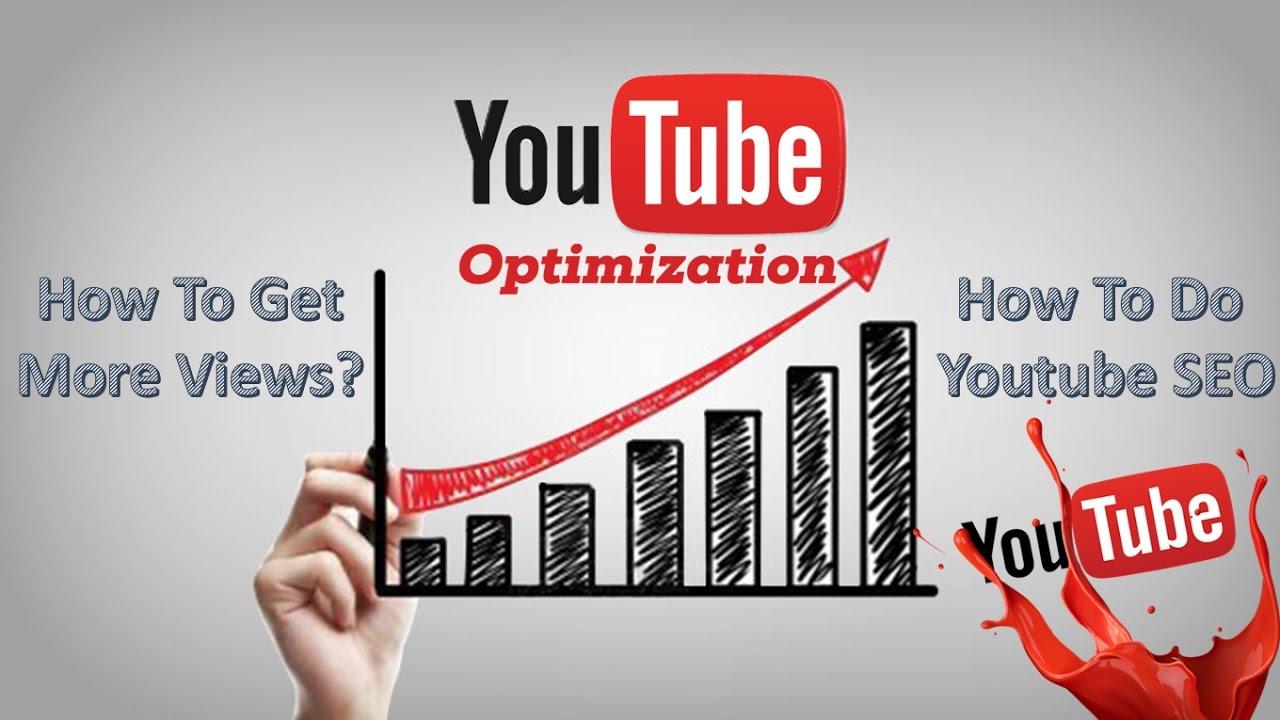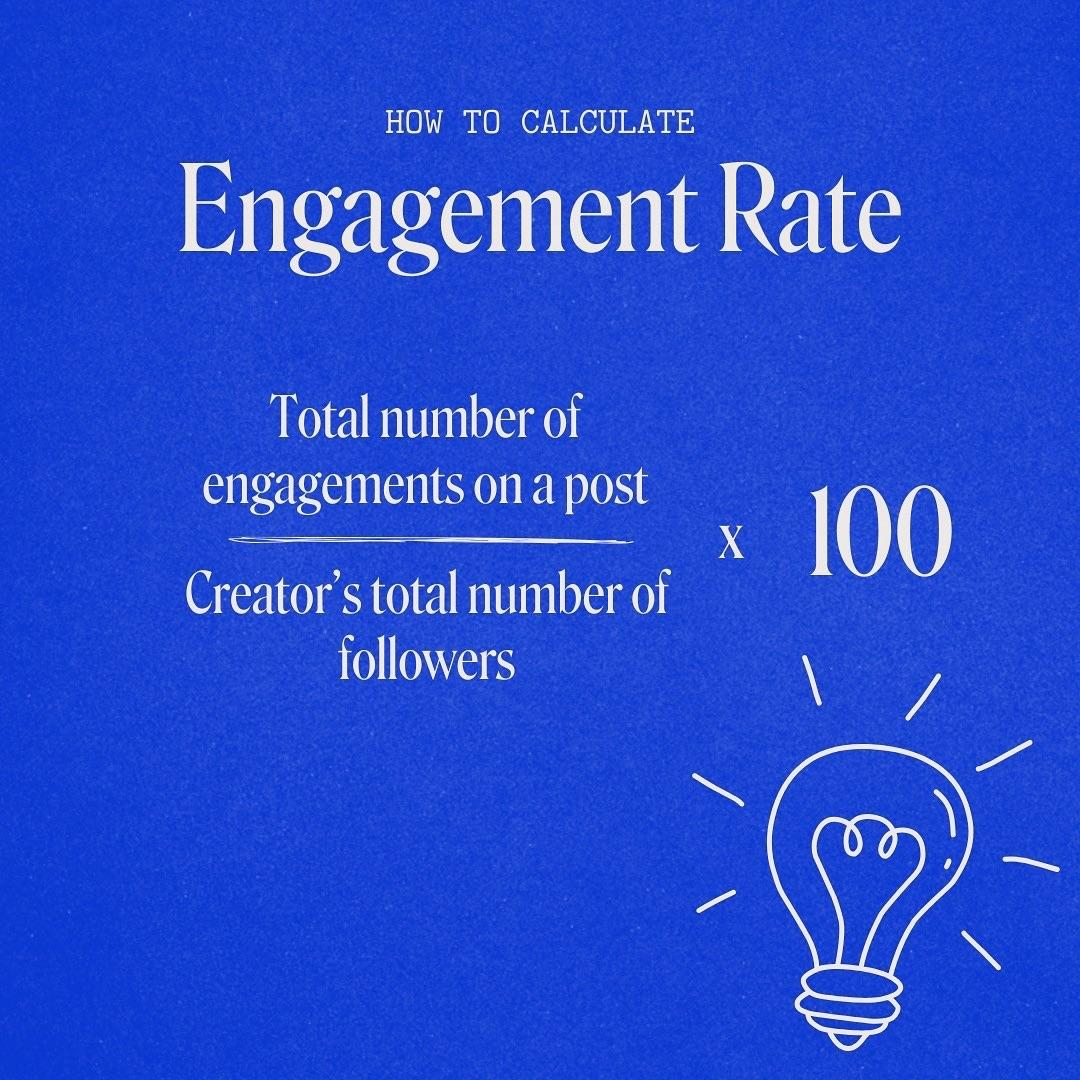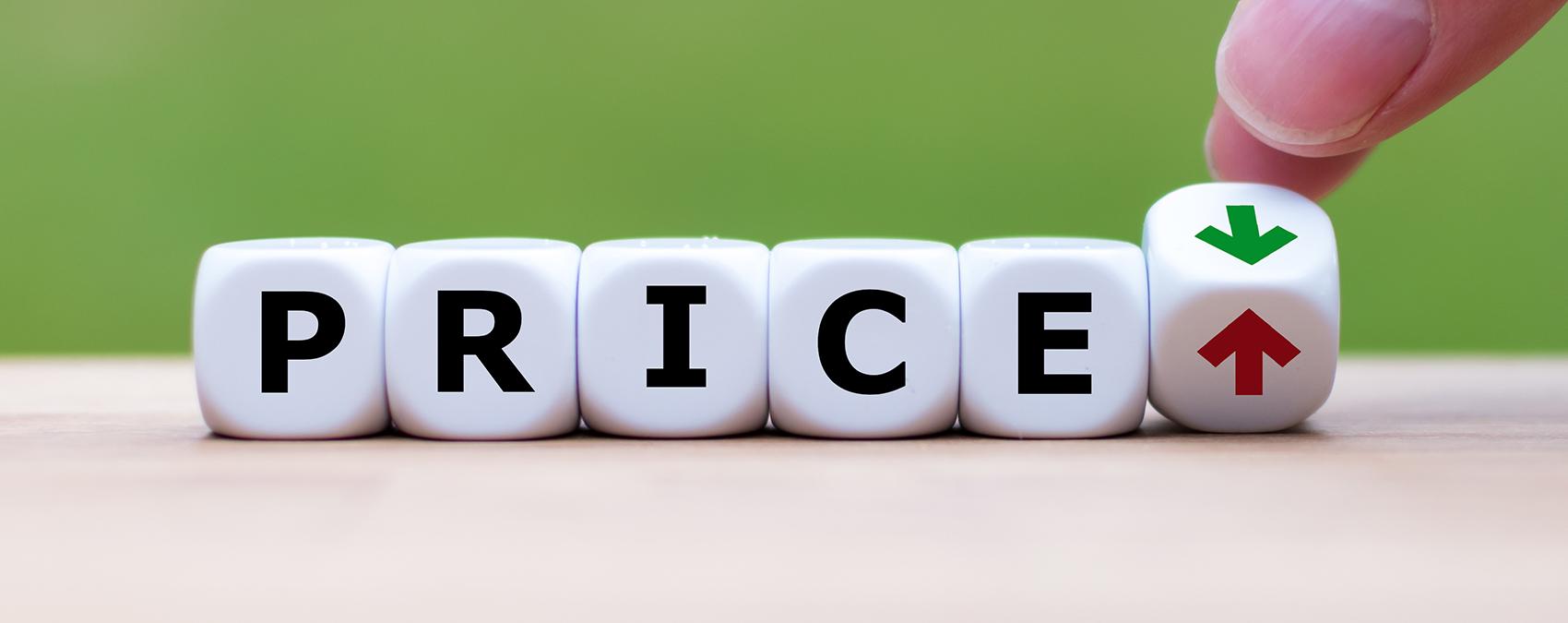
Introduction:
Raising prices is never an easy conversation to have with your customers. Whether it’s due to increased costs, enhanced services, or inflation, the thought of delivering the news can feel daunting. But what if we told you that communicating a price increase doesn’t have to be a negative experience? With the right approach, you can turn this potentially uncomfortable conversation into an opportunity to reinforce the value of your products or services. In this article, we’ll explore effective strategies for communicating price increases, complete with real-world examples and practical tips to ensure your customers understand and appreciate the reasons behind the change. Let’s dive in and equip you with the tools to navigate this necessary part of business with confidence and clarity!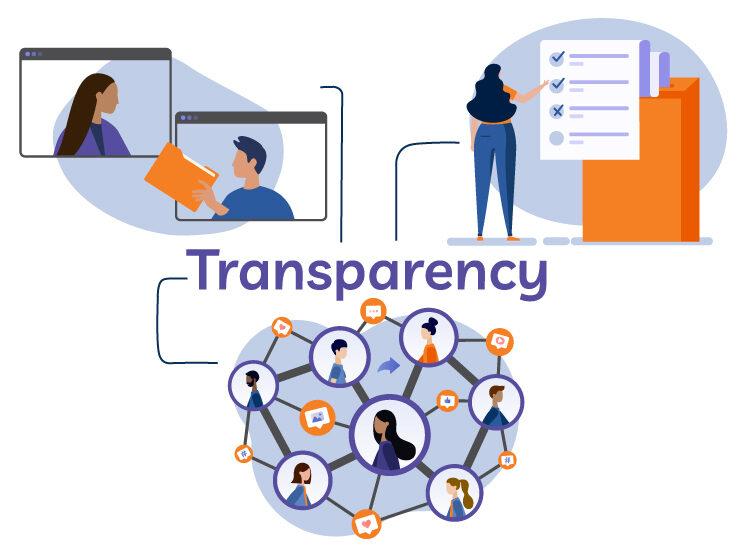
Understanding the Importance of Transparency in Price Changes
When it comes to communicating price changes, transparency is key. Customers appreciate honesty and clarity, especially when they are faced with an increase in prices. Understanding the reasons behind price adjustments not only fosters trust but also strengthens the relationship between businesses and consumers. Here’s why being open about price changes is essential:
- Builds Trust: Customers are more likely to remain loyal to brands that communicate openly. By explaining the reasons for a price increase—such as rising production costs or enhanced features—you demonstrate integrity and transparency.
- Reduces Confusion: Unexpected price hikes can confuse and frustrate customers. Clear communication helps mitigate misunderstandings, ensuring that customers are informed and prepared for the changes.
- Encourages Understanding: When customers understand the rationale behind a price increase, they are often more willing to accept it. For instance, highlighting improvements in quality or service can justify the additional cost.
- Improves Brand Perception: Brands that practice transparency are often viewed more favorably. Customers appreciate when businesses take the time to explain their decisions, leading to positive word-of-mouth and enhanced reputation.
To effectively communicate price increases, consider the following strategies:
| Strategy | Description |
|---|---|
| Personalized Emails | Send tailored messages to affected customers explaining the price changes directly. |
| Social Media Updates | Utilize social media platforms to announce price increases and engage with customers. |
| In-Store Signage | Provide clear signage in-store to inform customers of price changes as they shop. |
| FAQ Section | Create a dedicated FAQ section addressing potential concerns regarding the price increase. |
Moreover, sharing success stories or testimonials can further reinforce the positive impact of your offerings, making customers feel more connected to your brand. For example, if prices are rising due to better quality materials, provide stories or data that illustrate how these changes benefit the customer experience.
transparency in price changes is not merely a best practice; it’s an essential part of maintaining customer loyalty and trust. By openly discussing the reasons behind price increases and providing clear communication, you can not only ease customer concerns but also enhance their overall experience with your brand.
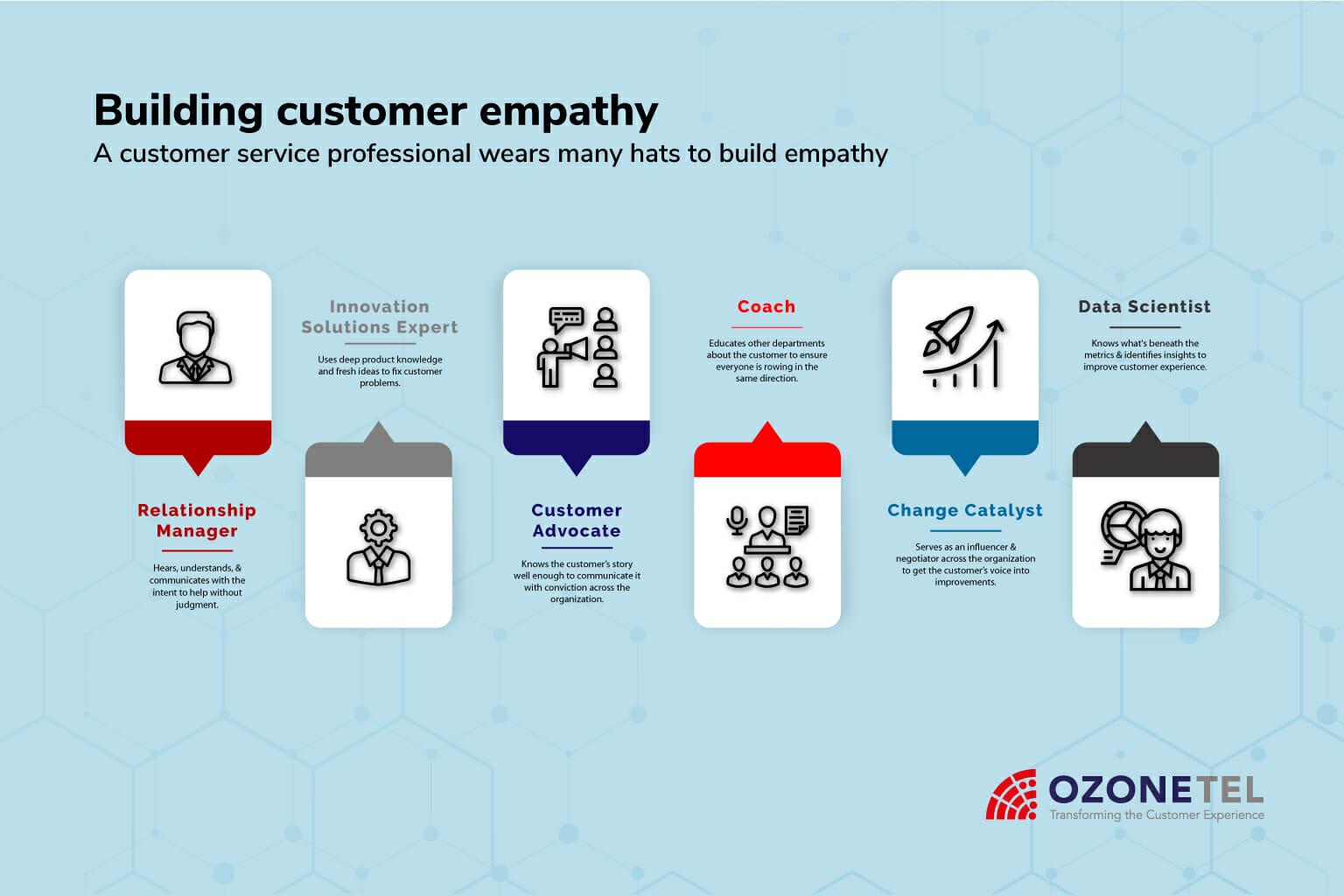
Empathizing with Customers: Why Your Customers Need to Know
Understanding your customers is crucial, especially when it comes to sensitive topics like price increases. Customers want to feel valued and understood, and addressing their concerns directly can go a long way in maintaining their trust and loyalty.
When informing customers about a price increase, consider the following techniques to ensure your message resonates:
- Be Transparent: Clearly explain the reasons behind the price increase. Whether it’s due to rising costs, improved product features, or enhanced services, openness fosters trust.
- Show Empathy: Acknowledge that price changes can be frustrating. Use language that reflects understanding, such as, “We know this may come as a surprise, and we truly appreciate your understanding.”
- Highlight Value: Reinforce the benefits your product or service offers. Remind customers of the value they receive, making it clear that the price increase aligns with the quality they expect.
- Offer Solutions: Present options that can ease the transition, like phased pricing or discounts for early renewals. This shows that you care about their experience.
Using a thoughtful approach can turn a potentially negative conversation into a positive one. Consider the following example of a notification you might send:
| Subject Line | Content |
|---|---|
| Important Update on Your Subscription | Dear [Customer’s Name], We’re reaching out to discuss a change to your subscription. Starting [Date], your monthly fee will adjust to [New Price]. We want to ensure you continue receiving the best service possible. |
| Why the Change? | As we’ve invested in [improvements, new features], we’ve found it necessary to adjust our pricing. This allows us to maintain quality and exceed your expectations. |
| We’re Here for You | If you have any questions or concerns, please don’t hesitate to reach out. Your satisfaction is our top priority! |
By crafting your message with sensitivity and care, you’ll not only communicate the necessary information but also reinforce your relationship with your customers. People appreciate when brands take the time to explain and empathize with their situations.
remember that communication doesn’t stop after delivering the news. Be open to feedback and ready to engage in dialogue. This proactive approach not only helps ease the transition but also makes customers feel valued and heard, which is essential amid changes that might initially be perceived as negative.
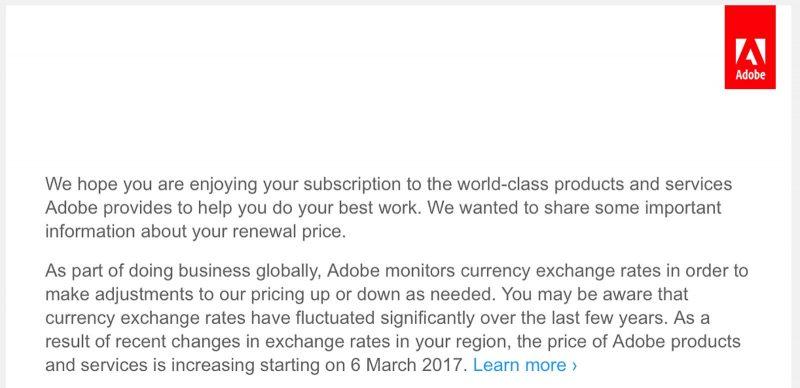
Crafting Your Message: How to Communicate Price Increases Effectively
Communicating a price increase can feel daunting, but with the right approach, you can turn this challenge into an opportunity to strengthen your relationship with customers. Here are some effective strategies to consider when crafting your message:
- Be Transparent: Clearly explain the reasons behind the price increase. Whether it’s due to rising costs, enhanced product quality, or the introduction of new features, transparency fosters trust.
- Show Appreciation: Acknowledge your customers’ loyalty and support. A simple thank-you can go a long way in softening the blow of a price increase.
- Offer Value: Highlight the benefits and improvements that justify the new price. Use specific examples to show how your product or service continues to add value.
When you’re ready to share the news, consider using various communication channels to reach your audience effectively. Here’s a quick overview of some popular options:
| Channel | Pros | Cons |
|---|---|---|
| Direct and personal | May get lost in crowded inboxes | |
| Social Media | Widespread reach | Limited control over comments |
| Website Announcement | Always accessible | Visitors need to visit the site |
Once you’ve chosen your channels, think about your wording. Here are some phrases that can convey your message effectively:
- “We’re committed to providing you with the best quality, and to do so, we must adjust our prices starting [date].”
- “Thanks to your continued support, we’re excited to introduce new features/products that will be available at a slightly higher price.”
- “To maintain the high standards you expect from us, we will be implementing a price adjustment effective [date].”
don’t forget to invite feedback. Encouraging customers to share their thoughts can help you gauge their reactions and address any concerns they might have. Be prepared for questions and make sure to respond promptly and empathetically.
By being clear, appreciative, and responsive, you can communicate price increases in a way that enhances customer trust and loyalty rather than diminishing it. This approach not only preserves your relationship with existing customers but can also attract new ones who value integrity and transparency in business practices.
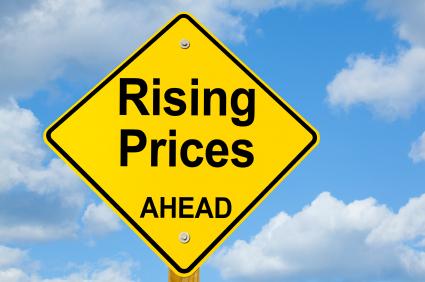
Choosing the Right Timing: When to Share the News
Timing is a crucial element when it comes to communicating a price increase. A well-timed announcement can ease the transition for your customers and help to maintain loyalty even amidst changes. Here are some key considerations to help you determine the most effective moment to share this news:
- Consider Industry Standards: Look at the common practices within your industry. Are price increases usually announced at the start of a new quarter or fiscal year? Aligning your timing with industry norms can lessen customer surprise and facilitate acceptance.
- Evaluate Customer Sentiment: If your customers are currently experiencing challenges or frustrations, such as product shortages or service delays, it may be wise to hold off on announcing a price increase. Delivering bad news during a tough time can amplify negative reactions.
- Choose a Strategic Day: The day of the week can impact how your message is received. Consider sharing news on a Monday or Tuesday, when customers are more likely to engage with their emails and have time to process the information.
- Factor in Seasonality: Certain seasons can influence buying behavior. If possible, avoid sharing news during peak shopping seasons when customers are already feeling the pinch. Instead, target quieter times when your customers are more receptive to changes.
Another aspect to consider is how far in advance you announce the increase. Customers appreciate transparency and will often be more understanding if you give them adequate notice to adjust their budgets. A well-structured timeline may look something like this:
| Timeframe | Action | Customer Impact |
|---|---|---|
| 30 Days Prior | Announce the price increase | Allows customers to adjust their budgets |
| Two Weeks Prior | Send reminder emails | Reinforces the message and prepares customers |
| Day of Increase | Final reminder and support availability | Ensures customer queries are addressed |
Moreover, consider utilizing your customer engagement channels effectively. Whether it’s through emails, social media, or in-store communications, find the right platform to reach your audience. Each channel comes with its own set of advantages:
- Email: Direct and personal, allowing detailed explanations.
- Social Media: Quick outreach to a broader audience, encouraging dialogue.
- In-Person Communication: Offers an opportunity for personal connection and immediate feedback.
Ultimately, the right timing hinges on a blend of strategic planning and customer empathy. By thoughtfully choosing when to share your news, you can frame the message in a way that emphasizes value and understanding, instead of just change. After all, it’s not just about the increase; it’s about maintaining the relationship you’ve built with your customers.
Tailoring Your Approach: Different Strategies for Different Customer Segments
When it comes to communicating a price increase, one size certainly does not fit all. Each customer segment has unique needs and expectations, and your approach should reflect that diversity. Tailoring your communication can help mitigate dissatisfaction and foster understanding, ensuring a smoother transition for both you and your customers.
Understanding Your Customer Segments is the first step in crafting your message. Consider categorizing your customers based on factors such as:
- Demographics: Age, location, or income level can influence how customers perceive price changes.
- Purchase Behavior: Frequent buyers may react differently than occasional ones.
- Loyalty Levels: Long-term customers might expect more personalized communication compared to new ones.
For more loyal customers, a more personalized approach can go a long way. Consider sending a direct email addressing them by name and expressing gratitude for their loyalty. Highlight how the price increase will enable you to continue providing quality products or services. For instance:
| Customer Segment | Message Strategy | Example Opening Line |
|---|---|---|
| Long-term Customers | Personalized email with gratitude | “Dear [Name], thank you for being a valued member of our community…” |
| New Customers | General announcement via website or social media | “We appreciate your support! Here’s what you need to know…” |
| Price-Sensitive Customers | Focus on value and benefits | “To continue offering you the best quality, we’re making some adjustments…” |
For newer customers, a broader announcement on your website or social media may suffice. Here, clarity and transparency are key. Explain the reasons behind the price increase and reassure them that they will still be receiving great value for their money. Use straightforward language and emphasize the quality or unique features of your product or service.
Price-Sensitive Customers require a slightly different angle. They need to understand not just the ‘what’ but the ‘why’ behind the increase. You might want to emphasize how the additional funds will be used to enhance or maintain quality. Sometimes, offering a limited-time discount or a loyalty program can cushion the impact of a price increase for this segment.
Lastly, consider the medium through which you deliver your message. Email may be appropriate for more personal outreach, while social media could engage a wider audience. If you have a customer portal, consider using it to communicate directly with users, providing clear information and allowing them to ask questions.
By tailoring your approach based on customer segments, you not only communicate the necessary changes but also strengthen the relationship you have with your customers. Each segment deserves a thoughtful strategy that resonates with their specific expectations and experiences. This can turn a potentially negative experience into one that reinforces loyalty and understanding.
Highlighting Value: Reinforcing Why Your Product or Service is Worth It
When informing customers about a price increase, it’s crucial to clearly communicate the added value they will continue to receive. Customers want to feel that their investment is justified, so taking the time to outline what makes your product or service worth every penny can help ease their concerns.
Emphasize Quality and Reliability
Highlighting the quality of your offerings can significantly reinforce their value. You might say:
- “Our products are crafted using premium materials, ensuring durability and longevity.”
- “We continuously invest in the latest technology to enhance performance, giving you the best experience possible.”
By focusing on the superior quality, you not only justify the price increase but also remind customers why they chose you in the first place.
Showcase Unique Features
Every product or service has unique features that set it apart from the competition. Make sure to highlight these characteristics:
- “Our service includes 24/7 customer support, so you’re never alone when you need assistance.”
- “We offer exclusive access to new features and updates before anyone else.”
By bringing attention to what makes your offering special, you create a compelling case for the price increase.
Communicate Enhanced Benefits
Price increases often come with improvements in service or product benefits. Use this opportunity to detail how customers will benefit:
- “With our new pricing, you’ll gain access to additional resources and expert insights.”
- “We have expanded our team to ensure faster response times and increased satisfaction.”
This not only justifies the price increase but also fosters a sense of community and belonging among your customers.
Utilize Customer Testimonials
Real-life success stories can be powerful tools in illustrating value. Consider including a section with testimonials that spotlight the benefits users have experienced:
| Customer Name | Testimonial |
|---|---|
| Jane D. | “I never thought I’d find a product that delivers as promised. Worth every penny!” |
| Mark T. | “The support team went above and beyond to help me. I’d pay more for this level of service!” |
Testimonials act as social proof, reinforcing the value of your product or service while justifying the price adjustment.
Offer Loyalty Incentives
Consider providing loyal customers with exclusive offers or incentives as a way to soften the blow of a price increase:
- “As a token of appreciation, enjoy a 10% discount on your next purchase!”
- “Current subscribers will receive a complimentary upgrade to our premium plan for the next month.”
This not only shows appreciation but also encourages continued loyalty, making customers feel valued despite the price change.

Offering Alternatives: How to Present Options to Mitigate the Impact
When faced with the need to increase prices, it’s crucial to provide customers with choices that can lessen the blow of the change. Offering alternatives not only shows that you value their business but also demonstrates transparency and concern for their financial well-being. Here are some effective ways to present options that can help mitigate the impact of a price increase:
- Tiered Pricing Models: Consider introducing different levels of service or product bundles. This allows customers to choose a plan that best fits their budget while still providing them with value. For example, a basic, a standard, and a premium option can cater to various needs.
- Discounted Annual Plans: Encourage customers to commit to longer-term contracts by offering a discounted rate for annual subscriptions. This not only secures their loyalty but also allows them to save money in the long run.
- Flexible Payment Options: Offering payment plans can ease the financial strain of a price increase. Allow customers to spread the cost over several months, making it easier for them to manage their budgets.
- Value-Added Services: Instead of simply raising prices, enhance your offerings. Introduce new features, services, or benefits that justify the increased cost and provide a compelling reason for customers to stick with you.
To ensure customers fully understand their options, consider creating a comparison table that highlights the differences between each alternative. This visual aid can help clarify the value of each choice:
| Plan | Monthly Cost | Features Included |
|---|---|---|
| Basic | $19.99 | Standard support, Basic features |
| Standard | $29.99 | Priority support, Additional features |
| Premium | $39.99 | 24/7 support, All features included, Exclusive benefits |
Furthermore, communication is key. Make sure to clearly articulate the rationale behind the price increase while simultaneously emphasizing the options available. A well-crafted message might include:
“We’re committed to maintaining the quality of our products/services. To continue providing excellent service, we must adjust our prices. However, we understand that this may be challenging, so we’ve developed several options to best fit your needs.”
By presenting alternatives, you not only safeguard your relationship with your customers but also invite them into a dialogue about their preferences. This approach fosters loyalty and helps them feel involved in the process.
Lastly, follow up with your customers after the announcement. Invite feedback on the new options and see how they are adapting to the changes. This shows that you care about their experience and are willing to make adjustments based on their needs.
Using Real-Life Examples: Success Stories of Effective Communication
In the world of business, the way you communicate price increases to your customers can make a significant difference in how they perceive your brand. Real-life examples provide insight into effective strategies that not only ease customer concerns but also foster loyalty. Here are some success stories that illustrate how businesses have navigated this sensitive conversation with finesse.
Example 1: Starbucks – When Starbucks announced a price increase, they faced the challenge of maintaining customer loyalty. Instead of shying away from the issue, they embraced transparency. The company communicated the reasons behind the increase, citing rising costs of coffee beans and sustainable sourcing. They framed their message around the commitment to quality, which resonated with their customers. This approach helped customers understand the value they were receiving while reinforcing their loyalty to the brand.
Example 2: Netflix – Netflix, a giant in the streaming service industry, has implemented several price increases over the years. What sets them apart is their focus on customer engagement. They send personalized emails that explain the reasons for the price hike, emphasizing improvements in content quality and the expansion of their library. By highlighting the added value customers can expect, they’ve managed to keep churn rates low, demonstrating that effective communication can maintain trust even during price adjustments.
Example 3: Mailchimp – Mailchimp, an email marketing service, recently updated their pricing model. Rather than a blanket announcement, they segmented their communications based on user engagement levels. They provided tailored messages to different user groups, explaining how the new pricing structure would benefit them specifically. This personalized touch not only mitigated backlash but also enhanced user understanding of the platform’s evolving capabilities.
Here are some key strategies derived from these success stories:
- Be Transparent: Clearly explain the reasons behind the price increase.
- Highlight Value: Emphasize the benefits that justify the new pricing.
- Engage Customers: Use personalized communication to tailor your message.
- Provide Advanced Notice: Give customers time to adjust and respond to the changes.
Incorporating these strategies can significantly impact the way customers perceive your brand during price adjustments. By learning from the successful approaches of well-known companies, businesses can create a communication strategy that not only informs but also reassures customers, reinforcing their relationship with the brand.
| Company | Strategy Used | Outcome |
|---|---|---|
| Starbucks | Transparency about costs | Improved customer loyalty |
| Netflix | Personalized communication | Low churn rates |
| Mailchimp | Segmented messaging | Enhanced user understanding |
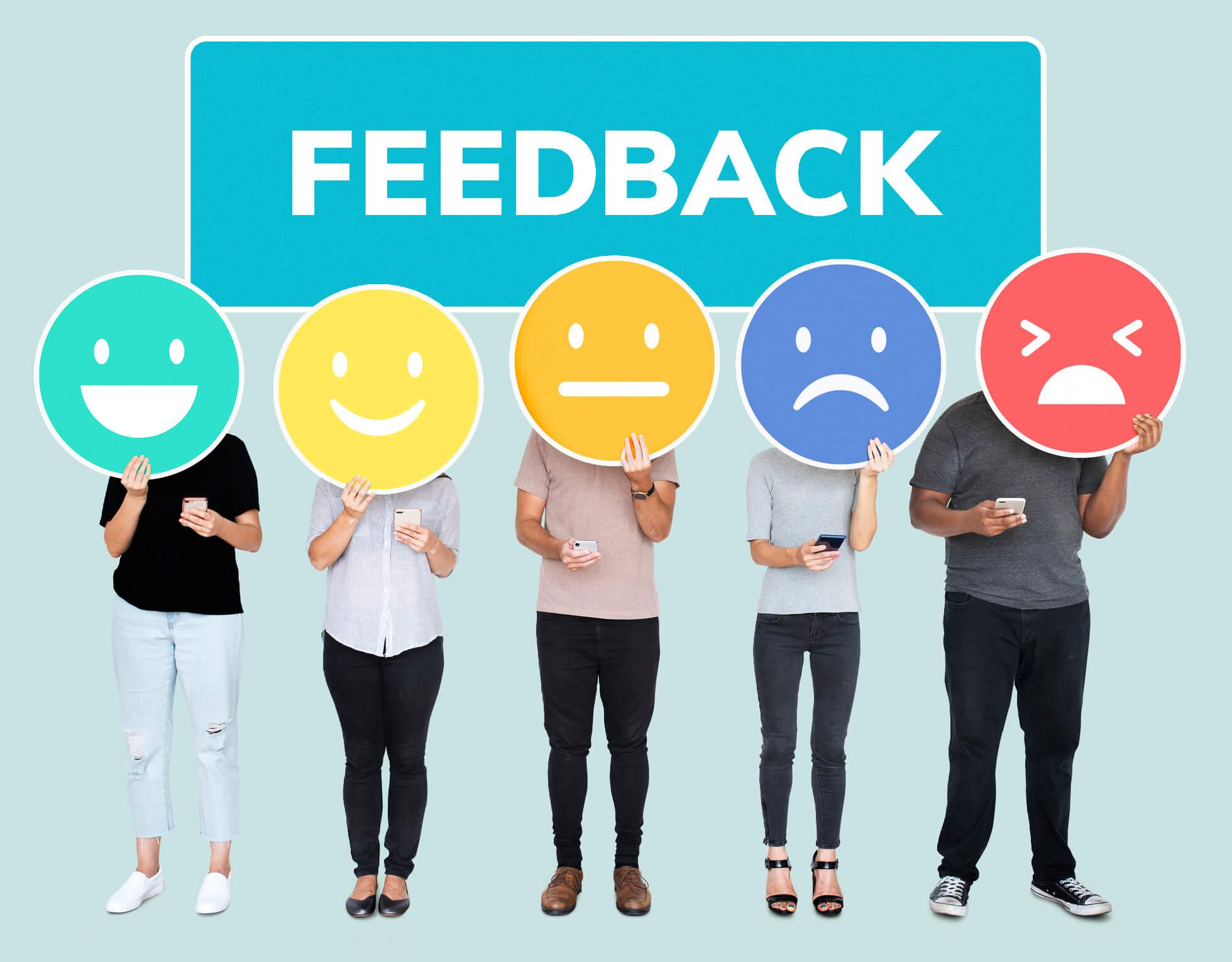
Preparing for Customer Reactions: How to Handle Pushback Gracefully
When informing customers about a price increase, anticipating their reactions is crucial. Some may feel disappointed or frustrated, while others might understand the necessity behind the change. Regardless of their initial response, handling pushback with grace can strengthen your relationship and foster loyalty.
Acknowledge Their Feelings: Start by recognizing that a price increase can be unsettling. Use empathetic language to validate their concerns. For instance, you might say, “We understand that price changes can be difficult, and we appreciate your understanding as we navigate these adjustments.” This approach shows that you value their feelings and are committed to transparency.
Provide Context: Customers are more likely to accept an increase if they understand the reasoning behind it. Share insights about rising operational costs, enhanced product features, or inflation. Consider using a table to break down key points:
| Reason for Increase | Details |
|---|---|
| Increased Material Costs | Raw materials have seen a significant rise in price. |
| Product Improvements | We’ve added new features that enhance usability. |
| Inflation | General inflation has affected operational costs. |
Highlight Value: Remind customers of the value they receive from your products or services. If applicable, emphasize any improvements made, exceptional customer service, or unique offerings that justify the price increase. Create a bullet list highlighting this value:
- High-quality materials that ensure durability
- Exceptional customer support available 24/7
- Regular updates and enhancements based on customer feedback
- Exclusive access to new products and promotions
Offer Options: If feasible, provide customers with alternatives to mitigate their concerns. This could include tiered pricing plans, loyalty discounts, or bundled services. By giving customers a choice, you empower them and make them feel valued in the decision-making process.
Encourage Feedback: Invite customers to share their thoughts on the price increase. This not only shows that you care about their opinions but also provides you with valuable insights. Create a dedicated feedback channel or a short survey to gauge their reactions and suggestions.
Maintain Open Communication: After announcing the price increase, make sure to keep the lines of communication open. Regular updates, Q&A sessions, or even follow-up emails can help reassure customers and demonstrate your commitment to their satisfaction. By showing that you’re approachable, you build trust and reinforce the customer relationship.
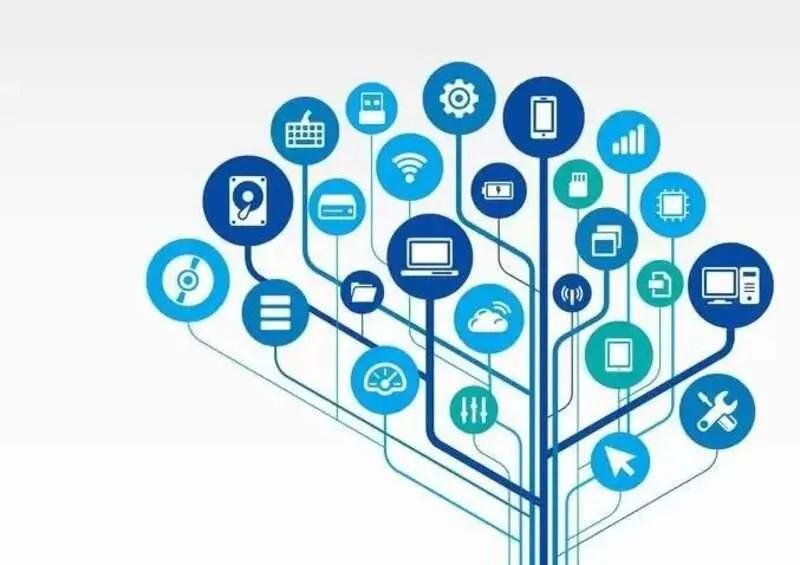
Utilizing Multiple Channels: Reaching Customers Where They Are
In today’s fast-paced world, reaching customers effectively requires a multi-channel approach. By employing various communication platforms, you can ensure that your message about a price increase is not only seen but understood and accepted by your audience. Here are some strategies to consider:
- Email Notifications: Start with a personalized email campaign. This allows you to directly address your customers and provide them with detailed explanations regarding the price change. Make sure to segment your audience, tailoring your message based on their purchasing history or engagement level.
- Social Media Announcements: Utilize platforms like Facebook, Twitter, and Instagram to announce the price increase. Create engaging posts that not only inform but also invite feedback. Consider using stories or short videos to explain the reasons behind the change, making your brand more relatable.
- Website Banners: Place a prominent banner on your homepage or product pages. This ensures that anyone visiting your site is immediately aware of the price adjustment. Use a clear and concise message, perhaps even linking to a FAQ section where customers can find more information.
- In-App Notifications: If you have a mobile app, leverage push notifications to alert users about the upcoming price changes. Personalize these messages based on user activity to add a layer of relevance.
It’s essential to maintain transparency throughout this process. Consider creating a dedicated FAQ page addressing common concerns, such as:
| Concern | Response |
|---|---|
| Why are prices increasing? | We’re committed to providing the best quality and service, and this adjustment helps us maintain our standards. |
| When will the new prices take effect? | The new prices will be implemented on [insert date]. |
| Will existing orders be affected? | No, any orders placed before the price change will honor the previous pricing. |
Moreover, consider hosting a live Q&A session via platforms like Instagram Live or Facebook Live. This adds a personal touch and allows customers to ask questions directly. By addressing their concerns in real-time, you can build trust and reinforce your commitment to customer satisfaction.
Don’t forget the power of content marketing. Write a blog post detailing the value your products or services offer and how the price increase reflects the quality and improvements made. Share testimonials or case studies that highlight customer satisfaction and success stories, illustrating the benefit of your offerings.
always encourage feedback. After your announcement, ask your customers how they feel about the change and what improvements they would like to see. This not only demonstrates that you value their opinions but also allows you to adjust your strategies based on customer sentiment.

Creating a FAQ Section: Anticipating Customer Questions
Frequently Asked Questions
Why is there a price increase?
We understand that price changes can be concerning. The recent adjustment is necessary to maintain the quality of our products and services. Factors contributing to this decision include:
- Increased operational costs: Rising costs of materials and production.
- Enhanced features: New improvements and upgrades to our existing offerings.
- Inflationary pressures: General economic conditions affecting pricing.
When will the price increase take effect?
The new pricing will be implemented starting from [specific date]. This gives our valued customers ample time to adjust their budgets and make any necessary purchases before the change.
Will existing customers be affected?
Existing customers will continue to enjoy their current rates until their renewal period. We appreciate your loyalty and want to ensure a smooth transition.
How can I provide feedback about the price increase?
Your input is important to us. If you have questions or concerns about the price increase, please feel free to reach out through our contact page. We are always here to listen!
Are there any discounts available?
We appreciate our customers! To help with the transition, we are offering limited-time discounts for early renewals. Be sure to check our promotions page for details.
Can I lock in my current rate?
Yes! If you renew your subscription before [specific date], you can lock in your current rate for another year. This is a great opportunity to save!
What if I cannot afford the new prices?
We understand that not everyone can accommodate a price increase. If you have concerns, please reach out to our customer support team to explore potential options or alternatives that may be available.
Where can I find more information about the changes?
For further details, please visit our dedicated information page. We are committed to transparency and will keep our customers updated throughout this process.
Will future price increases be communicated in advance?
Absolutely! We believe in open communication and will always strive to give our customers advance notice of any future price changes, allowing you to plan accordingly.

Following Up: Keeping the Conversation Going After the Announcement
After announcing a price increase, it’s crucial to maintain open lines of communication with your customers. This not only reassures them but also builds trust and loyalty. Here are some strategies to keep the conversation going and to ensure your customers feel valued throughout this transition.
Engage through Multiple Channels
- Email Follow-ups: Send personalized emails thanking customers for their understanding and sharing additional insights about the reasons for the price increase.
- Social Media Interaction: Use your social media platforms to openly discuss the announcement, address concerns, and gather feedback.
- Customer Support Accessibility: Ensure your support team is well-informed and available to answer any questions, whether through chat, phone, or email.
Share Educational Content
Consider creating informative blog posts, videos, or infographics that explain the value behind the price increase. This might include:
- Details on product enhancements or new features.
- Insights into rising costs and how they affect pricing.
- Testimonials or case studies showcasing the benefits your products provide.
Host Q&A Sessions
Invite customers to participate in live Q&A sessions, either via social media or a dedicated webinar. This not only allows customers to voice their concerns but also gives you a platform to explain your decisions in a personable way. Make sure to:
- Encourage questions about both the price increase and the value of your offerings.
- Be transparent about your business decisions.
- Offer incentives for participation, such as discounts on future purchases.
Feedback Loop
Creating a feedback loop is essential for understanding customer sentiments post-announcement. Consider implementing the following:
- Surveys: Short surveys can provide valuable insights into customer feelings about the price change.
- Comment Sections: Enable comments on your blog or social media posts to encourage discussions.
- Focus Groups: Gather a small group of loyal customers to discuss their thoughts in-depth, which can guide future pricing strategies.
Monitor and Adapt
After the announcement and subsequent follow-ups, keep a close eye on customer reactions and sales trends. Analysis can provide clarity on how well your communication has resonated. If necessary, be prepared to:
- Adjust your messaging based on customer feedback.
- Offer limited-time promotions to ease the transition.
- Reassess pricing strategies if there’s a significant negative response.
By actively engaging with your customers, sharing valuable content, and showing your willingness to listen, you can transform a potentially negative experience into a positive one. This not only helps mitigate backlash but can also reinforce your brand’s commitment to customer satisfaction.
| Customer Action | Response Strategy |
|---|---|
| Customer complaints about the price increase | Provide a detailed explanation and offer a loyalty discount |
| Positive feedback on product value | Share testimonials and encourage referrals |
| Questions about product features | Host a webinar focusing on product benefits |

Building Trust: Maintaining Customer Loyalty Through Honest Communication
When it comes to informing customers about a price increase, the way you communicate can significantly impact their reaction. Customers appreciate transparency, especially during times of change. Here are some effective strategies to consider when crafting your message:
- Be Proactive: Don’t wait for customers to notice the price change themselves. Reach out to them first with a clear explanation.
- Explain the Reason: Share the rationale behind the increase. Whether it’s due to rising production costs or the need to enhance service, providing context can help customers understand.
- Show Appreciation: Acknowledge their loyalty and support over the years. Let them know that you value their business, which can soften the blow of the increase.
- Offer Alternatives: Highlight any ongoing promotions or alternative products that might offer better value. This helps customers feel they have options.
Consider using a table to summarize key points about the price increase in a clear and engaging way. Here’s an example:
| Old Price | New Price | Reason for Increase |
|---|---|---|
| $50 | $60 | Increased material costs |
| $100 | $120 | Service enhancements |
Crafting a heartfelt message plays a crucial role in how customers perceive the increase. Consider starting your communication with a friendly greeting, followed by an acknowledgment of their importance to your business. Use phrases like:
“We deeply value your loyalty and support, which is why we want to keep you informed about upcoming changes.”
Additionally, be clear about when the new prices will take effect. Giving customers a timeline allows them to prepare for the change, demonstrating your commitment to transparency:
- Effective Date: Inform customers when the new prices will start, ideally providing at least 30 days’ notice.
- Grandfathering Options: Consider offering current customers the chance to lock in the old price for a limited time.
Ultimately, honest communication can transform a potentially negative experience into a positive one. By explaining the reasons behind the increase and demonstrating your commitment to customer satisfaction, you can maintain trust and loyalty even in the face of rising costs.
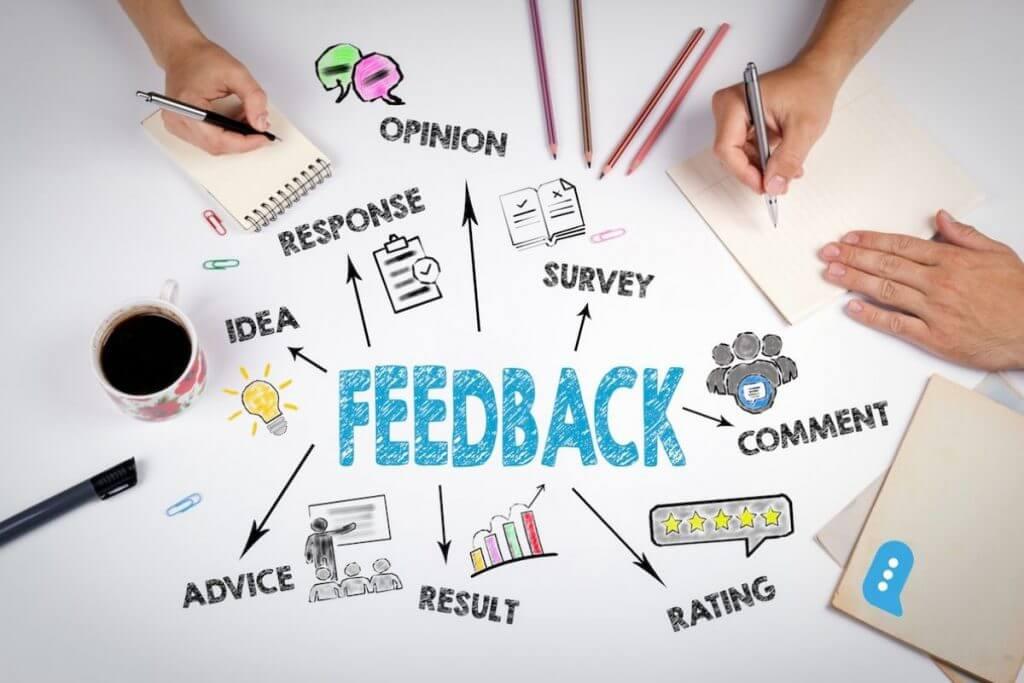
Reflecting on Feedback: Learning from Customer Responses and Adjusting Strategies
Customer feedback is not just noise; it’s a treasure trove of insights that can help businesses navigate sensitive topics like price increases. Listening to customers allows companies to understand their concerns and adjust their communication strategies accordingly. Here’s how to effectively convey a price increase while maintaining customer trust and loyalty.
First and foremost, transparency is key. Customers appreciate honesty, especially when it involves their wallets. When notifying them about a price increase, clearly explain the reasons behind the hike. For example:
- Changes in supply chain costs
- Enhanced product features or quality
- Inflationary pressures affecting overall business expenses
Next, timing is everything. Sending out a notification ahead of the price change can soften the blow. A well-timed communication not only prepares customers but also shows that you value their loyalty and respect their financial planning. Consider sending out notifications via email, social media, or even in-store signage, depending on where your customers are most engaged.
Additionally, it’s vital to frame the message positively. Instead of focusing solely on the increase, highlight the benefits customers will continue to receive. A possible approach could be to say:
| What You’re Getting | Value Added |
|---|---|
| Improved product quality | Durability and performance enhancements |
| Expanded customer support | Faster response times and more resources |
| Exclusive offers | Special discounts for loyal customers |
Moreover, emphasizing community can help mitigate backlash. If your company supports local initiatives or sustainable practices, remind customers of your commitment to these values. This connection can help customers feel more invested in your brand, making them more receptive to price changes.
Another effective strategy is to offer a grace period for existing customers. Consider allowing them to renew their subscriptions or purchase products at the old rate for a limited time. This not only demonstrates goodwill but also softens the impact of the increase, making customers feel appreciated.
be prepared to engage in conversation. Following the announcement, monitor customer responses across all channels. Being responsive to questions and concerns can prevent misunderstandings and foster a sense of community. Make sure to respond thoughtfully and provide reassurances where necessary.
By reflecting on customer feedback and adjusting your strategies in a thoughtful way, you can successfully communicate changes while preserving the trust and loyalty of your customer base.
Frequently Asked Questions (FAQ)
Q&A: How to Tell Customers About a Price Increase
Q: Why do companies need to increase prices?
A: Great question! Companies may need to increase prices for a variety of reasons, such as rising costs of materials, labor, or overhead. Sometimes, it’s also about maintaining the quality of service or product you’ve come to expect. Price adjustments can help ensure that a company stays sustainable and continues to provide value in the long run.
Q: How should businesses communicate a price increase to their customers?
A: Transparency is key here! Start by informing customers ahead of time—this shows respect for their loyalty. Use clear and straightforward language. You can explain the reasons behind the increase, which builds trust. A friendly email, a post on your website, or even a personalized letter can work wonders. Remember, it’s not just about the price change; it’s about reassuring your customers that you’re committed to quality.
Q: What’s the best way to phrase the announcement?
A: You want to strike a balance between professionalism and warmth. Try something like, “We value your support and want to keep you informed. Due to [reason], we will be adjusting our prices starting [date]. We remain committed to providing you with the best quality and service.” This approach shows that you care about your customers’ experience while being upfront about the changes.
Q: Can you give me an example of a price increase announcement?
A: Absolutely! Here’s a simple example:
“Dear Valued Customer,
Thank you for being a loyal part of our community! We’re reaching out to let you know that, due to increased costs in production, we will be raising our prices starting [date]. We assure you that this adjustment will help us maintain the quality and service you expect from us. We appreciate your understanding and continued support! If you have any questions, feel free to reach out.”
Q: What if customers respond negatively?
A: It’s natural for some customers to be upset. When that happens, listen to their concerns, and acknowledge their feelings. Reiterate the reasons behind the increase and remind them of the benefits they receive. If possible, consider offering a grace period or discounts for loyal customers to soften the blow. Showing empathy can go a long way in retaining their trust.
Q: Should businesses provide any incentives during a price increase?
A: Definitely! Offering incentives like discounts for early renewals, loyalty rewards, or bundled packages can help ease the transition. This not only shows appreciation for your customers but also encourages them to continue doing business with you despite the price change.
Q: How can businesses ensure customers feel valued during this process?
A: Engaging customers with personalized communication is crucial. Send out follow-up surveys to gather feedback, or create a customer appreciation event. These gestures show that you value their opinions and are committed to their satisfaction, even amidst changes. Listening and adapting based on their responses can strengthen relationships and loyalty.
Q: Is there a right time to announce a price increase?
A: Timing can play a big role! Announce it during a period when customers are generally more receptive, like after a successful product launch or during a seasonal promotion. Avoid times when customers are already facing financial stress, like during a recession or major economic downturn.
By approaching price increases thoughtfully and with consideration for customer feelings, you can navigate this challenge effectively—turning potential frustration into an opportunity for greater loyalty and understanding.
Concluding Remarks
As we wrap up this guide on navigating price increases, remember that transparency and empathy are key. Communicating a price hike doesn’t have to be a daunting task. By framing your message thoughtfully and providing context, you can help your customers understand the reasons behind the change.
Use the examples we’ve discussed to craft your own message, and don’t forget to highlight the value they continue to receive. After all, building trust is essential for retaining loyal customers, even during tough conversations.
So, take a deep breath, approach the situation with honesty, and watch how your customers appreciate your openness. They’re likely to respect your commitment to quality and service, making the transition smoother for everyone involved. Happy communicating!




